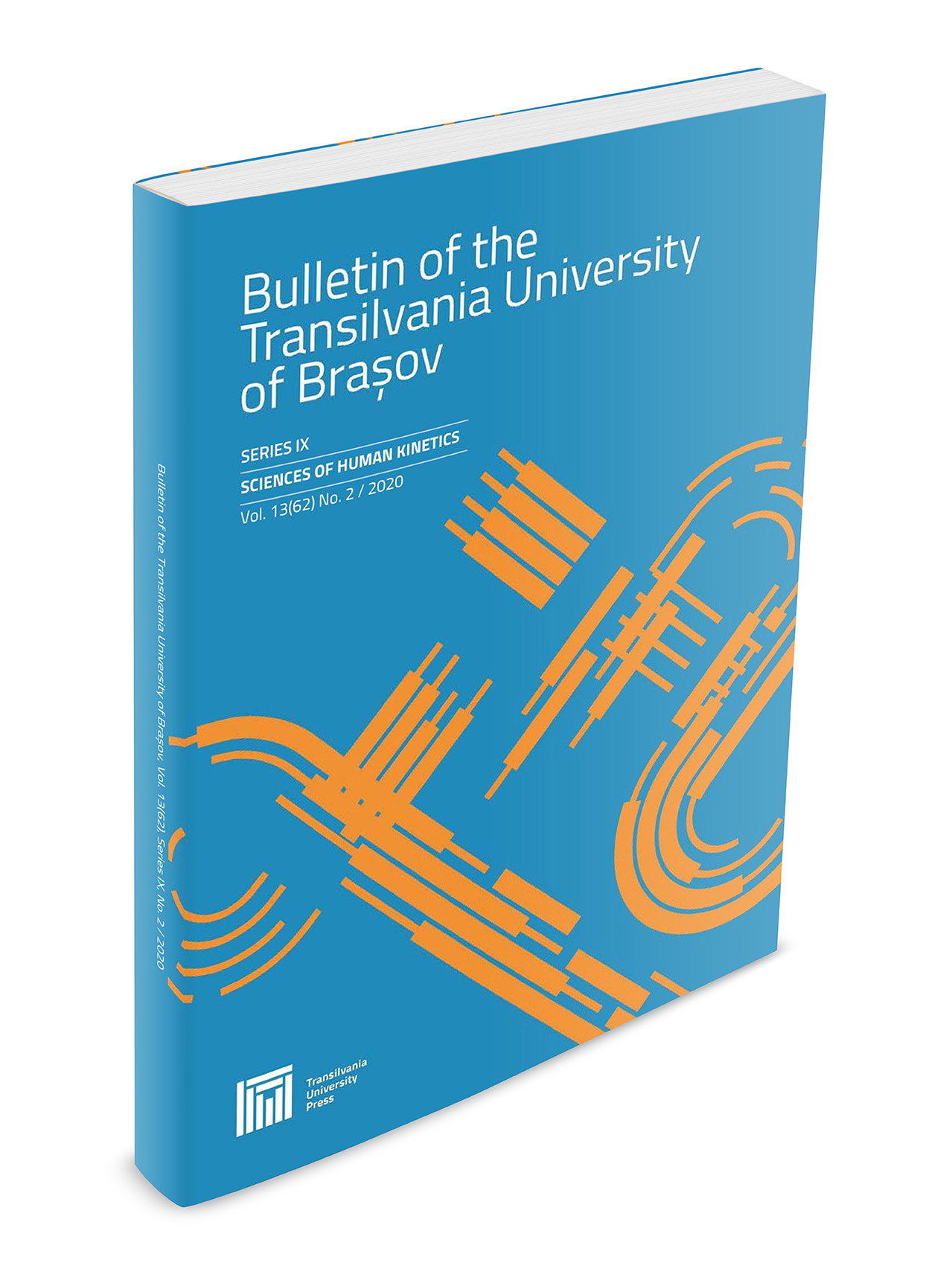Effect of Resisted Sled Sprints in Sprint Start and Acceleration Performance: Preliminary Results
DOI:
https://doi.org/10.31926/but.shk.2022.15.64.2.1Keywords:
track and field, technique, training load, step parameters, forceAbstract
The purpose of the study was to examine the effect of resisted sled sprints (RSS) on the biomechanical parameters of the first steps of short acceleration sprints. Five track and field athletes performed 10-m sprints using the semi-standing (SSS) and the 3-point (TPS) starting techniques. The RSS condition was conducted with a load of 9.7% ± 0.3 of body mass. Results of the 2 (start technique) × 2 (loading) × 3 (steps) revealed significant (p <.05) main effects on average step velocity. The main effects of loading and step were observed for contact time and step length, while the main effect of step was observed in the examined spatiotemporal parameters. No differences (p > .05) were evident for flight time and sled pulling force. In conclusion, regardless of the starting technique, RSS should be controlled the avoidance of the excessive loading that was observed at the sprint start.Downloads
Published
Issue
Section
License
Copyright (c) 2022 Bulletin of the Transilvania University of Braşov. Series IX: Sciences of Human Kinetics

This work is licensed under a Creative Commons Attribution 4.0 International License.





